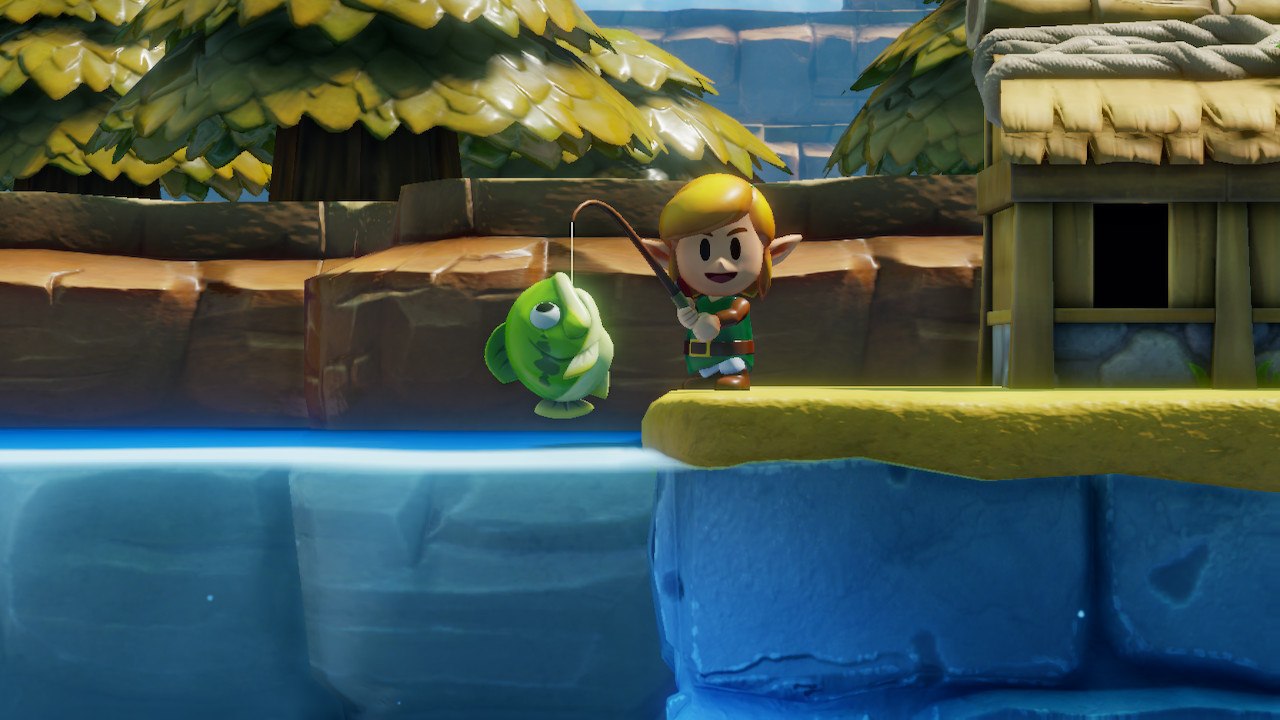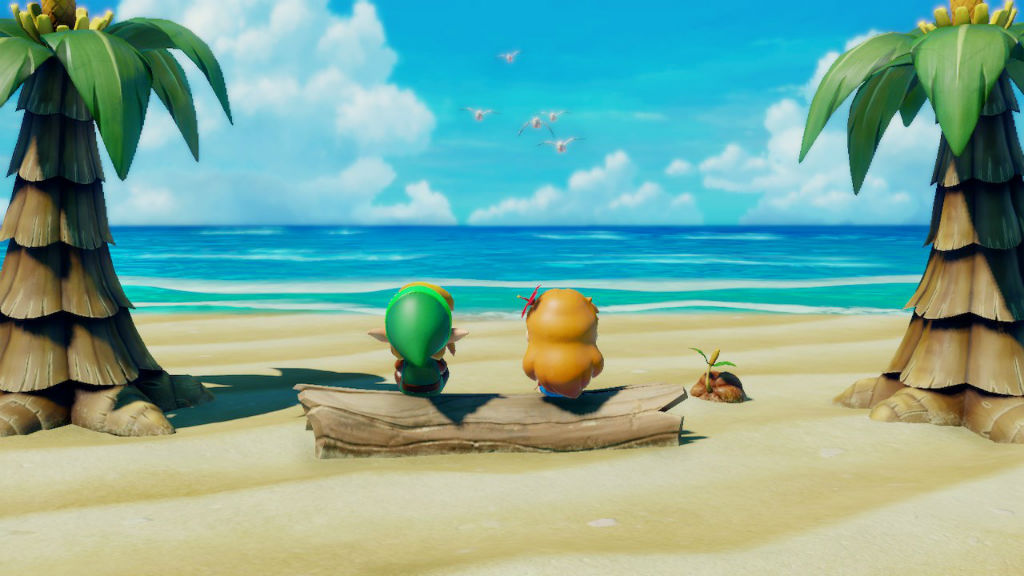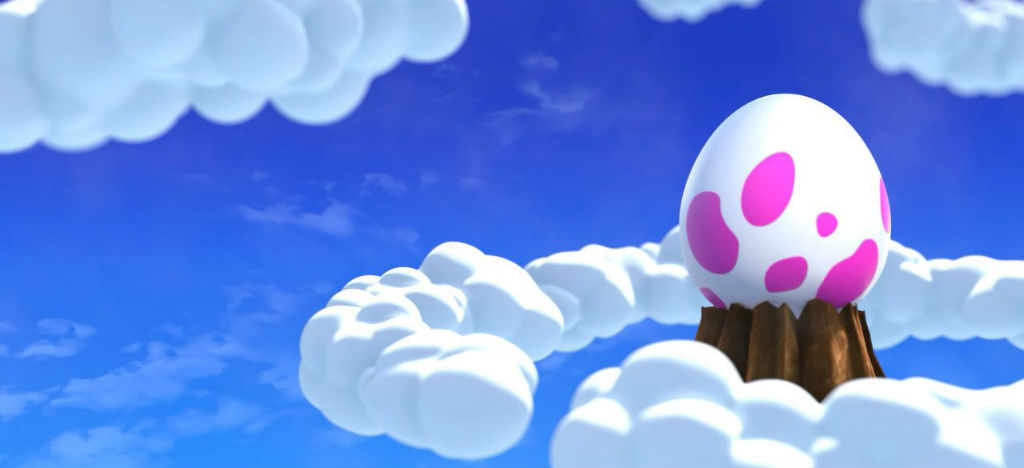It’s difficult to evaluate The Legend of Zelda: Link’s Awakening on the Nintendo Switch past a simple qualifier: it’s very good. That’s not a shock, but once you get there, it’s hard to parse exactly what’s fair to say about it.
Link’s Awakening is a game made in 2019 but built more than two decades ago, and it plays like it. This is why it seems unfair that my Switch puts the artwork for The Legend Of Zelda: Link’s Awakening next to the art for another Zelda game, Breath of the Wild. This implies they can be considered equals, but it’s not accurate and probably unfair. Breath of the Wild is a sweeping masterpiece of modern action-adventure gaming. Though it’s very much inspired by the Zelda games that came before it, it still feels so much bigger than the titles that came before.
But talking about Link’s Awakening on the Switch by simply pointing out all the differences between the original and this title is equally silly, though, as is criticizing it for following the 1993 version’s basic storyline. Link’s Awakening is a goddamn classic. It shouldn’t really be tinkered with too much, even if some might find the dungeons too easy or the swapping of essentially random items to eventually get a useful weapon to be too predictable. If you’ve played Link’s Awakening before, you’re going to get back into the rhythm of things here in a hurry. And if you’re somehow picking it up for the first time, you’re likely to fall in love with it all.

More than 25 years after Link’s Awakening came out, the linear path you follow is largely the same. While taking that journey absolutely has its rewards, it’s fascinating to consider how Breath of the Wild has seemingly endless possibilities at the same price for the same console. Gaming has evolved well past what Link’s Awakening first gave gamers in 1993, but it’s still an incredibly enjoyable experience to go back to Koholint Island and get lost in the dream.
The game is completely rebuilt for the Switch, and for the most part it runs great. Link’s Awakening is an extremely well-designed game, though not without its occasional faults. Some dungeon elements would glitch out from time to time, and it was surprisingly laggy when a lot of enemies were on screen. There’s also a blur effect around the screen’s edge, though that gets less noticeable as you keep playing.
What makes it worth playing through again is how wonderful it all looks, and the style reimagines the classic elements in a modern lens that works beautifully. Room art is absolutely stunning, and it’s hard not to stop and take a hard look around all the buildings you saw on a pixelated Game Boy screen, colored so beautifully and full of life. A huge part of the game’s charm has always been character design, and even if the side-scrolling parts remain oddly disorienting, it’s really interesting to see what Nintendo did to make Link’s Awakening feel like a real Switch game.

Comparing Link’s Awakening to Breath of the Wild isn’t fair, even if I ended up doing it anyway. But equating it to other full-price Switch titles seems reasonable, and it’s still where it becomes tougher to justify. Link’s Awakening is a classic, and it’s a classic on the Switch for sure. But it is not a modern masterpiece, especially compared to the few hundred hours you can easily sink into a sprawling, extremely replayable game like Fire Emblem: Three Houses.
This is not a game you purchase a console for, but it’s an extremely rewarding experience to see something you likely played long ago recreated so lovingly. And for a lot of people, myself included, playing through the story that’s here and seeing it recreated so well is a joy well worth the cost. There’s something to be said about investing in a sure thing. No matter how short the or expensive it might be, an experience you know you’re going to love is worth the price.

There’s something sweet and somewhat sad about this game and seeing the relationship between Link and Marin play out in modern graphics. I could never quite tell if it was my own nostalgia for youth or that this particular segment played out more sentimental, but it was lovely. There’s a side-scrolling scene where the two sit on Toronbo Shores, where Marin finds Link to start the journey no matter what version of the story you’ve played. They stare out at the ocean as seagulls grow closer, the sound of the waves crashing as you join them in a moment of quiet appreciation for the island.
In that moment, and in many others during the journey around the island collecting up instruments to wake up the Wind Fish, it didn’t matter the price or the length of the journey. And it didn’t feel out of place at all. In fact, it very much fit the time and place.

